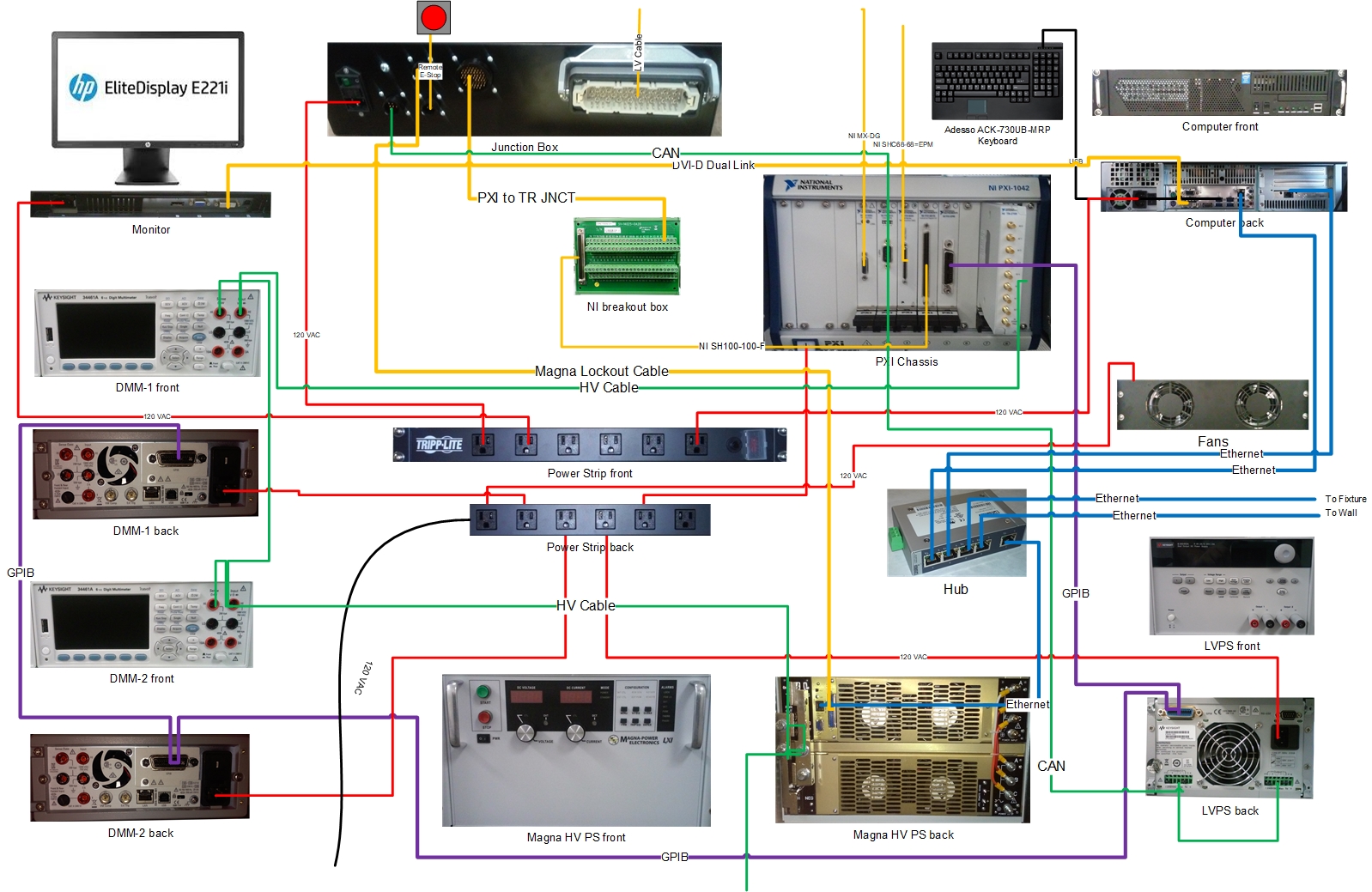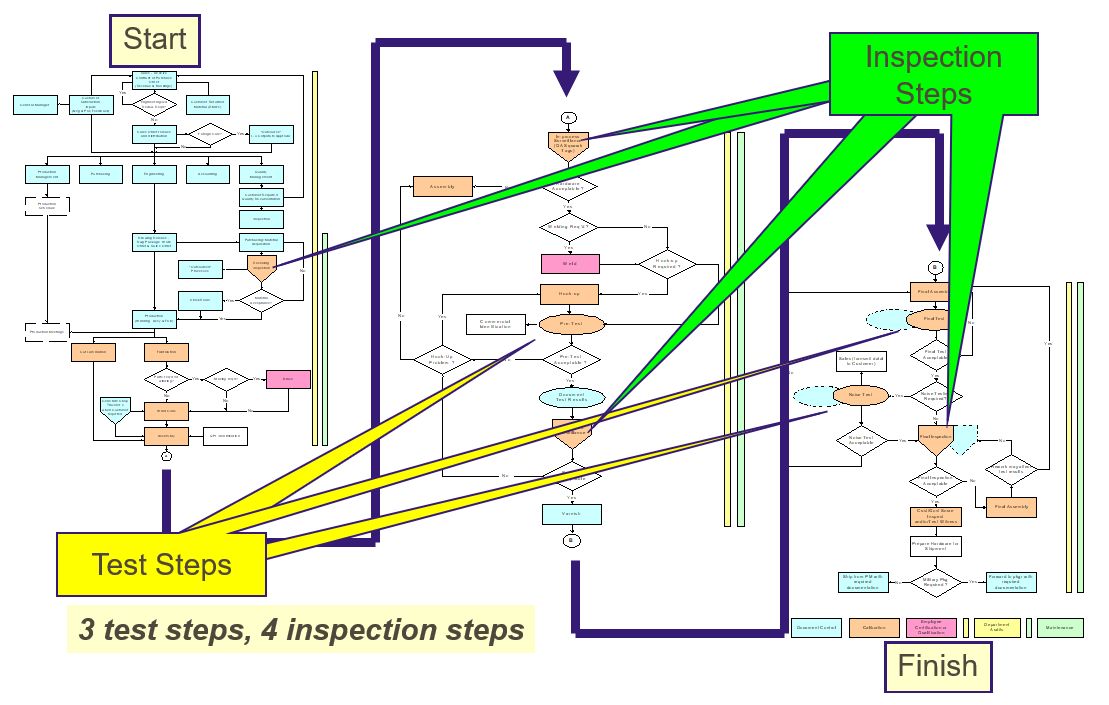Blog
Blogging is about getting attention, especially from Google's search engine.
Google spends all its efforts to sort quality blogs from weaker ones.
Blogs with high-quality on-topic illustrations that support the subject being discussed get eyeballs.
Spending time optimizing for Google may be less productive then spending time making quality content that
Google will spend time and effort finding and promoting.
Illustrations encoded as SVG are indexable, whereas bit-mapped graphics like JPG & PNG are not.
Thus when needing to annotate on top of an image, it would be better to use a vector program to
do the editing and export the result as an SVG. Using a bit-map editor to add text and arrows will
only just produce another bit-map image. Changes to JPG or PNG done that way are uneditable and
the result is unsearchable.
One the other hand, don't go to extremes and make everything an SVG. Captions and the main text of your
blog should be left in HTML. There is no one tool or format that is best for every task. There are many
good tools out there and each has its strength and weakness.
Article
If you have been tasked with writing an article, you may find yourself in a position of have very
little to say or when you finally get the flash of inspiration that explaining your point is now
taking way more than the word limit set by the publication.
An alternative approach to using just words is to start with some illustrations and make captions for them.
If you have picked interesting illustrations, your captions will start to expand into paragraphs.
As you compare one illustration with another you are linking them into a whole experience that benefits the reader.
If the article gets too long it is easy to break it into chucks of one or more illustrations and their lengthy captions.
As you write the caption for an illustration you may find that it does not illustrate all that can be said.
Thus, you have the basis for commissioning a new illustration to fill in the gaps that existing illustrations don't cover.
For some people, this path of construction is much easier and provides deliverables that you can mix and match for
differing publications that will allow you to get a wider audience exposure while pleasing editors with eye catching
content for their magazine.
Post
In the industrial world the dominant social media platform is Linked In.
Many people only repost other people's material but still think that will get them noticed in some positive way.
Instead, they are just acting as unpaid salespeople for the original content producer.
Create compelling original posts and let others repost your work.
Content creation is hard work and creating compelling graphics takes a lot of thinking. But, it does bring its rewards.
Even on LinkedIn, the posts are mostly very "social" in nature.
That means any decent post that is about practical technology or a real world situation in a specific industry will stand out.
Focus on what people want to hear about rather than what you want to say.
Try to make the analysis of your subject deep.
Consider using the 5 Whys methodology to brainstorm aspects that will demonstrate your authority on the subject.
Don't forget to add some cool but meaningful graphics into your post.
Advertisement
The Golden Rule in Advertisement and Sales is: "Don't Tell Them, Show Them."
Well planned and constructed diagrams go a long way to Show.
Most advertisements and sales pitches just Tell, because telling is much easier than showing.
A lot of effort is spent telling with very little to show for it in results.
Spending time ahead of making your pitch to really Show can make better and faster results.
If it was easy to Show everybody would do it.
It is not, but if you spend the effort, you can differentiate yourself from much of your competition.
Contrast telling the world that your products can work almost in any application with
showing on flowsheets for different industries exactly where your products and services can be used.
One will get glazed eyes, the other will get noticed by those in the industry you have illustrated your presence in.
By answering as many questions your reader may have about your pitch,
you inspire them to make up new questions and engage you with them.
Presentation
Presenting is selling.
Internally or externally, when you present you want to make a point to your audience.
If you are reporting on a situation, why not have an underlying illustration of that environment the situation refers to?
Block diagrams, interconnect diagrams, and flowsheets make great backgrounds for you to
show what you have been doing, where it is and how it relates to the big picture of the business.
By reminding your audience of the context of your work you can be way more efficient in communicating your point.
You also will most probably not get grilled as much from confused management.
Beware of relying too much on bulleted lists.
After making the first pass of your presentation, examine each bulleted list and ask if there is a
better graphical format that could convey the information better.
Yes, it is more work.
But it also will impress your audience with the fact that you value their time and
have had the consideration to spend your time making their time easier and more efficient.
Signature
Like most people you have to respond to numerous e-mails every day.
While you have got their attention since your are responding to their query,
you can sneak in a bit of your agenda, by including a tasteful but compelling signature graphic.
It is a miniature advertisement that you can use to get people to consider something new.
To keep from annoying your correspondents it is important that your signature graphic be interesting, unusual, educational and if possible visually stunning.
Avoid the temptation to break your catalog down into small chunks and send it out this way.
Unless you do way more than just a datasheet entry, it will be boring and be ignored.
To keep them paying attention, it is important that you have a new signature graphic for the next e-mail they receive from you.
That does not prevent your from repeating a signature a little while later, but variety will keep your readers from tuning out.
Each signature should have a link to a landing page for the point you are trying to make.
This will take a bit of planning, but results can be significantly in your favor.



